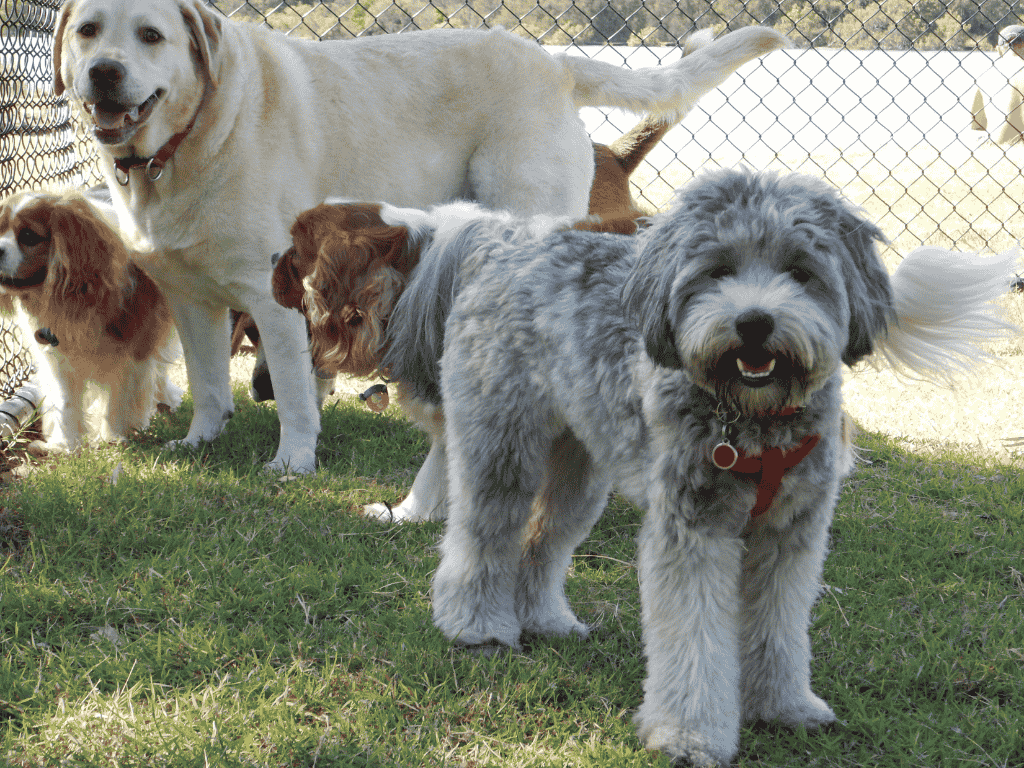
Choosing the appropriate fence is essential for keeping your cherished pets safe. Given the many options available, pinpointing the ideal fencing solution can feel overwhelming. This guide highlights the important considerations for ensuring pet safety and recommends specific products from Fence World so your pets can enjoy your yard without worry.
Understanding Your Pet’s Needs
Before diving into fence types, it’s crucial to understand your pet’s behaviour and needs. Dogs, for example, are often more active and curious, while cats may require a different approach due to their climbing abilities. Consider the following:
- Size and Breed: Larger dogs may require taller fences, while smaller breeds may escape through smaller gaps.
- Behaviour: Some pets are natural diggers or jumpers, influencing your type of fence.
- Environmental Factors: Is your yard flat or hilly, or does it have any natural obstacles that may affect the fence’s effectiveness?
Essential Features for Pet Safety
When selecting a fence for pet safety, consider these critical features:
- Height: A taller fence can deter jumping. Generally, a height of between 1.2 and 2 Metres is recommended for dogs.
- Material: Choose durable materials that can withstand scratching and chewing.
- Gap Width: Ensure the spaces between slats or panels are small enough to prevent escapes.
- Ground Level Security: Dogs often dig, so consider a fence that extends below ground level or includes barriers to prevent digging.
Recommended Fence Types from Fence World
1. Colorbond Fencing
Colorbond fencing is an excellent option for pet safety. Its solid structure offers high privacy and security, making it challenging for pets to see or hear potential distractions that may cause them to bark or try to escape. The steel material is durable and resistant to weather elements, ensuring longevity.
2. Pool Panel Fencing
Pool Panel fencing can create a safe, enclosed space for pets if you have a pool area. These panels are designed to prevent small pets from squeezing through while allowing visibility. They’re also sturdy enough to withstand energetic dogs.
3. Chainlink Fencing
Chainlink fencing offers a cost-effective solution with good visibility. However, it’s essential to consider that smaller pets might escape through the links. For optimal safety, it’s advisable to choose a chainlink fence at least 1.2 metres high and reinforce it with additional measures like a bottom rail to deter digging.
4. Timber Fencing
Timber options like Sleepers, Pine Logs, and Fence Pailings provide a classic look while ensuring a secure boundary. Timber fences can be built to any height, and their solid structure offers excellent privacy. However, treat the wood to resist rot and chew damage from pets.
- Sleepers are sturdy and can create a robust barrier.
- Pine Logs can be used for a more natural look while still providing solid protection.
- Fence Rails can help support the structure and keep it stable over time.
5. Spear Top Fencing
Spear Top fencing adds a decorative touch while enhancing security. The pointed tops discourage climbing and jumping, making it an excellent choice for active pets. This type of fencing is typically made from metal, ensuring durability.
Installation Factors to Keep in Mind
Correct installation is essential for your fence to provide optimal safety for pets:
Professional Installation vs. DIY: If you need more certainty about your ability to handle a DIY project, hiring professionals can save you time and guarantee that the fence is installed correctly.
Gate Security: Ensure that all gates have secure latches that are challenging for pets to open. Self-closing gates can offer an additional layer of protection.
Underground Barriers: If your fence is prone to digging, consider installing underground barriers to prevent pets from burrowing underneath.
Maintenance Tips for Pet Safety
To keep your fence in optimal condition:
- Regular Inspections: Check for any loose panels, gaps, or signs of wear. Prompt repairs are essential to maintain safety.
- Paint and Treat: If you have a wooden fence, apply treatments or paints that protect against the elements and chewing.
- Clear Debris: Keep the area around the fence clear of debris that pets might use as a launch point for jumping.
Conclusion
Selecting the best fence for your pet’s safety requires knowing your pet’s specific needs and exploring different fencing options. Fence World offers sturdy fencing solutions like Colorbond, Pool Panel, and Timber fencing to ensure your pets stay safe. Considering factors like height, material, and proper installation, you can provide a secure space for your pets to play. Choosing the right fence gives you peace of mind, knowing your pets are protected in your yard.
